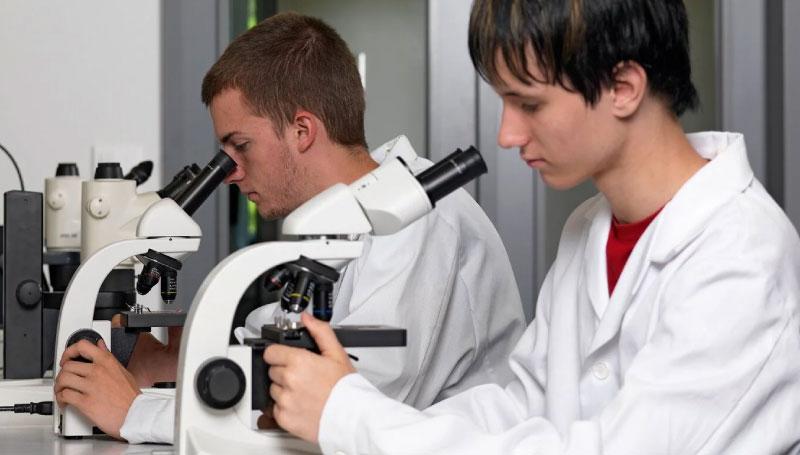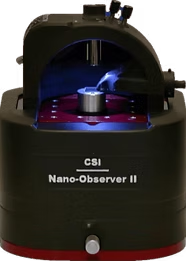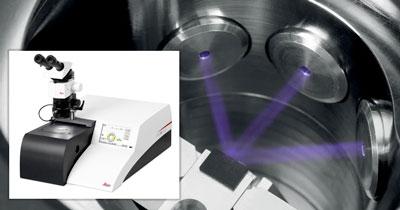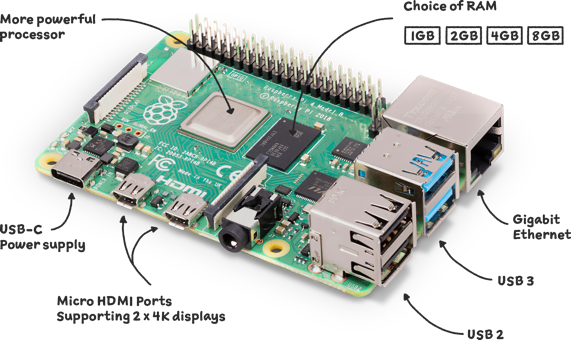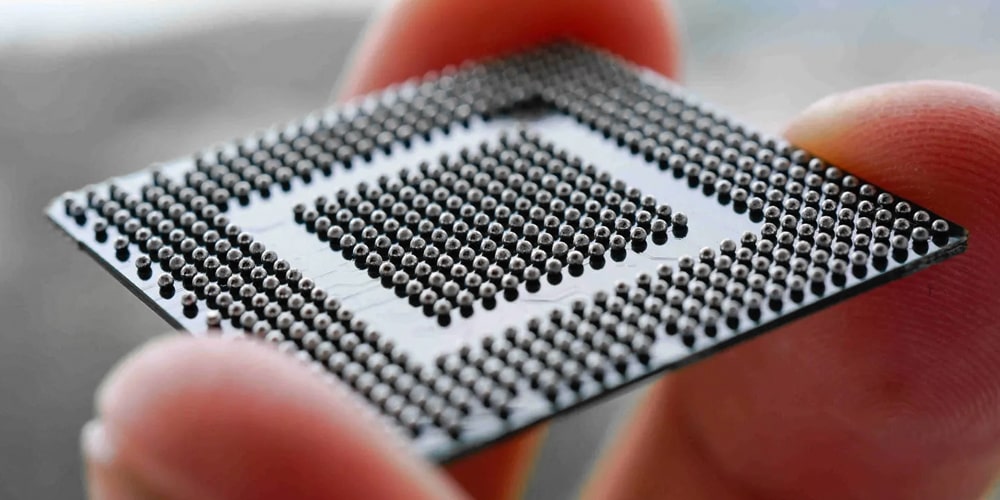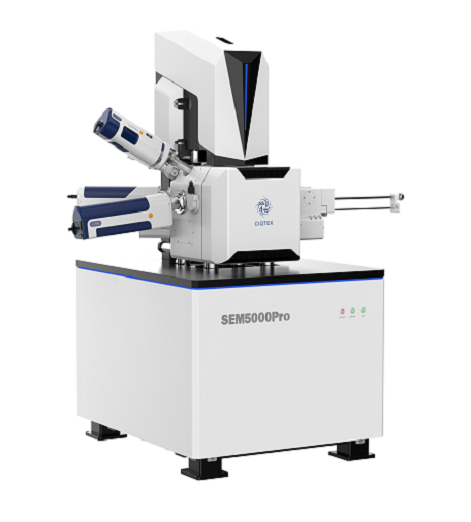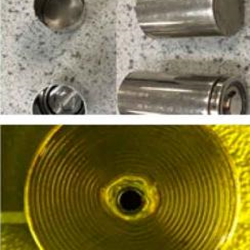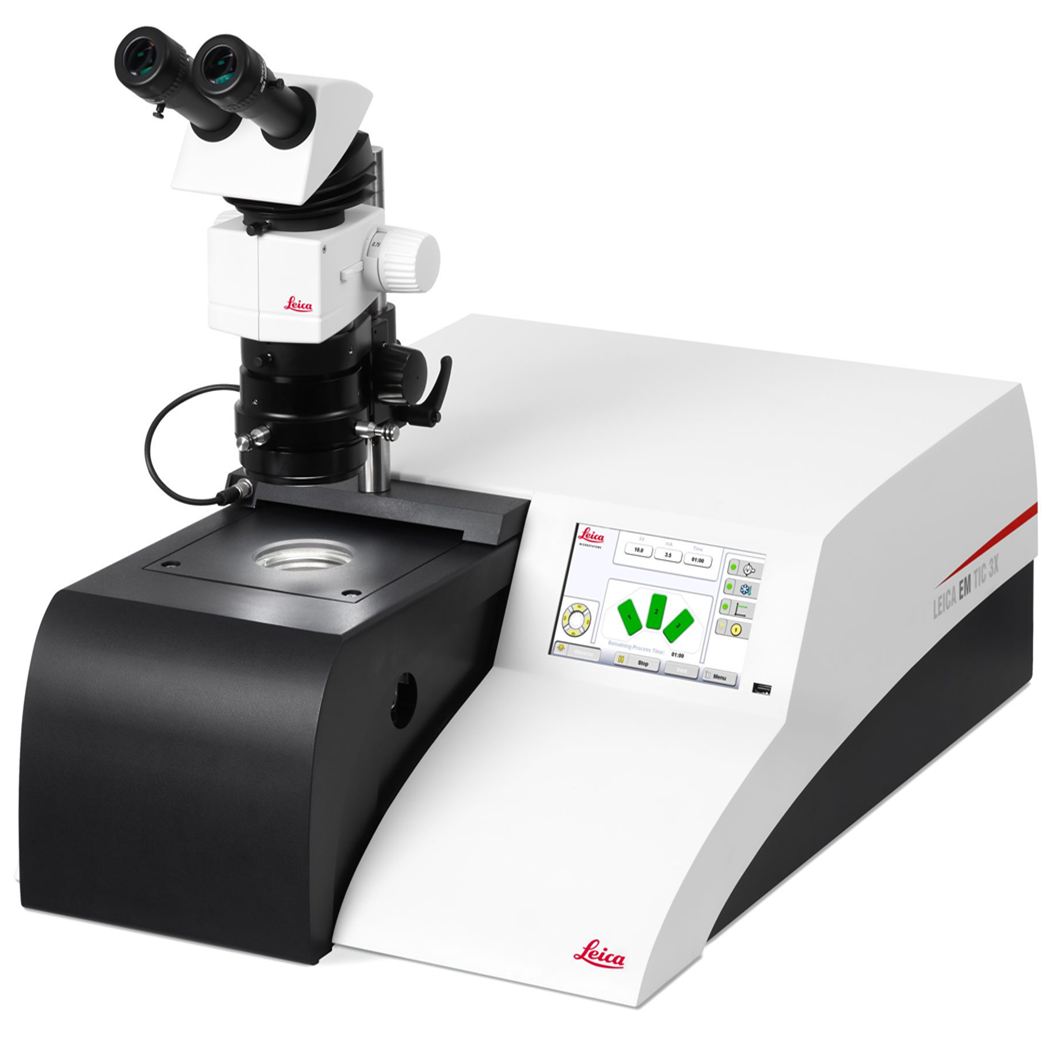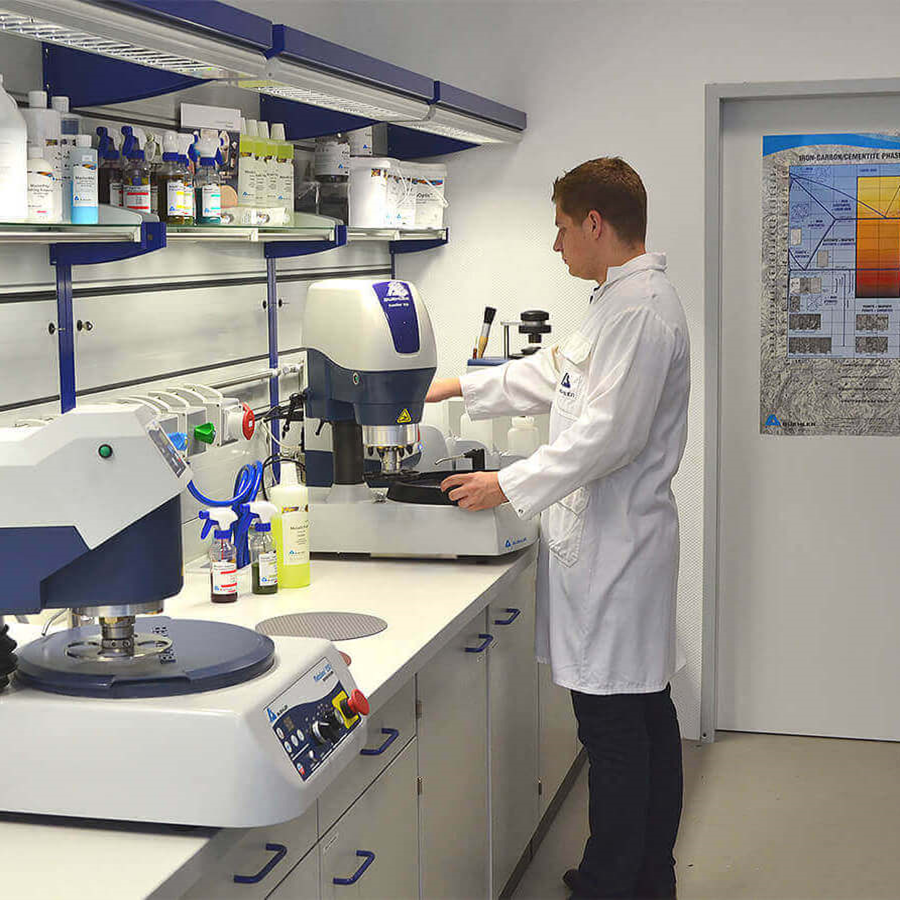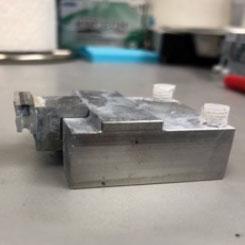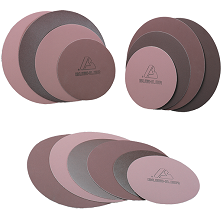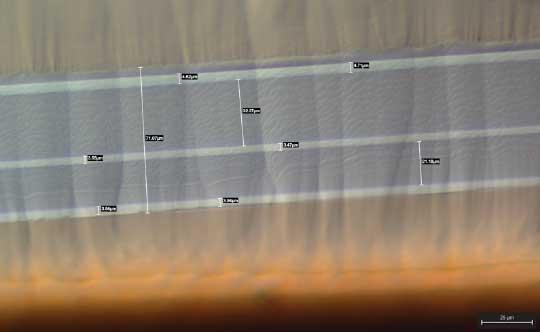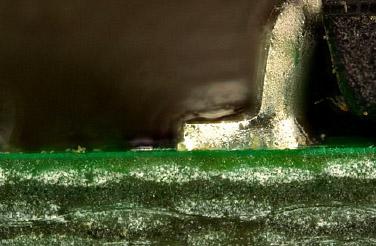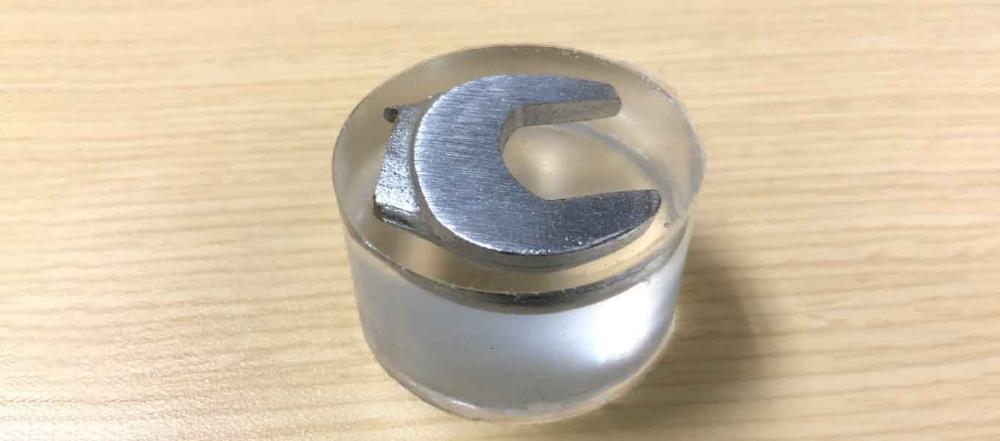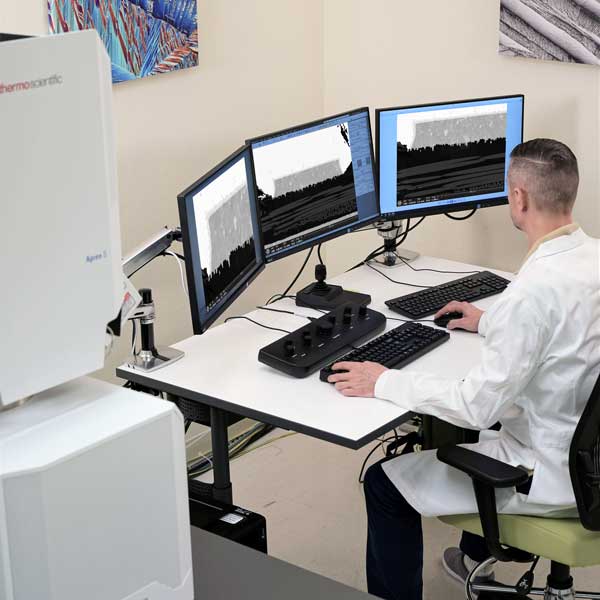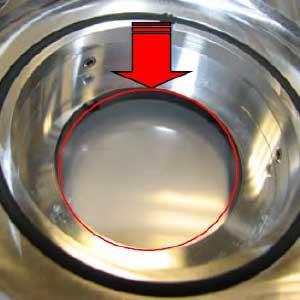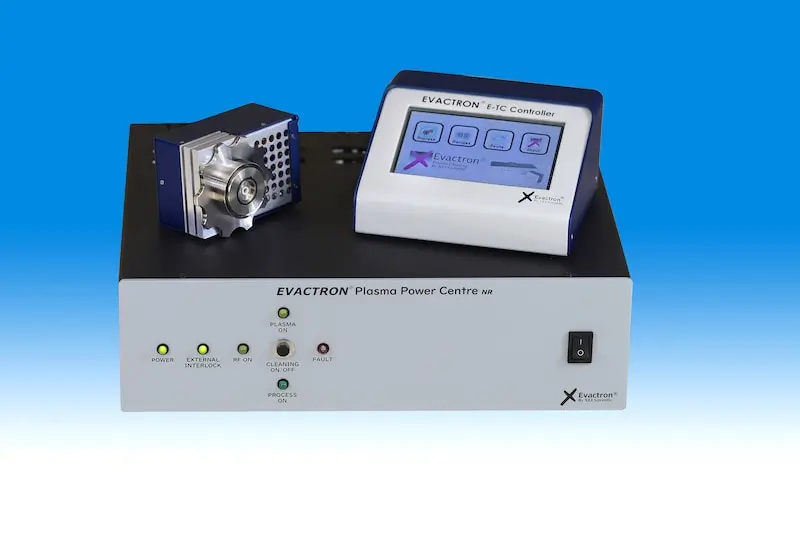Blogs: Latest News, Updates, Tech Notes
2025 Equipment Tax Benefits to Consider
October 14, 2025
Reviving Legacy AFMs: How to Unlock New Capabilities
September 17, 2025
Automotive Paint Layer Analysis with Microscopy & EDS | JH Technologies
September 8, 2025
What Is EBSD? A Guide to Electron Backscatter Diffraction in SEM
August 26, 2025
What is Ion Milling?
August 26, 2025
EBSD Analysis and SEM Platform Considerations
August 11, 2025
Multi-Technique Characterization of Solder Balls
August 6, 2025
Tariff Policy Simplified: Stability, Transparency, and Trust
April 15, 2025
Demonstration Equipment: Beating The Tariff Trap
April 15, 2025
Buying Guide: Educational Microscopes for Students
June 6, 2024
Lithium Battery Sample Preparation
May 16, 2024
Handling Delicate Samples [Tips ‘n Tricks]
May 16, 2024
Polishing Soft Materials: What is the Best Way?
May 16, 2024
Solutions for Semiconductor Applications
May 16, 2024
Bruker EDS & EBSD
May 16, 2024
Coxem CP-8000
May 16, 2024
JH Technologies Partners With Evactron
May 15, 2024

